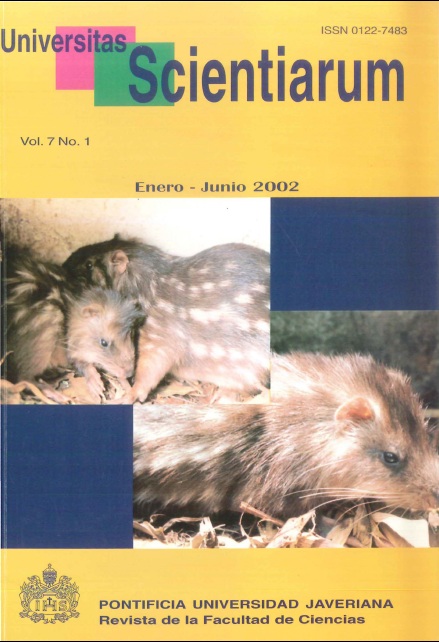Abstract
One problem for classroom teachers is that the methods traditionally used to identify student altemative conceptions are extreme! y time consurning. On the other hand, che mi cal equilibrium misconceptions, which most of them are related with the prediction of chemical equilibrium shift, are tenacious and resistant to extinction. In this work I present a simple methodology developed to provide teachers with an easily administered and evaluated test, designed to identify students altemative conceptions specially those related with the erroneous application of the Le Chatelier Principie in systems that has been perturbed by the addition of a so lid ora inert gasto the equilibrium mixture. The test was adrninistrated to two groups of university students of different leve! of instruction. The results obtained are in agreement with the general statement that this students misconceptions are difficult of overcoming even for advanced studentsUniv. Sci. is registered under a Creative Commons Attribution 4.0 International Public License. Thus, this work may be reproduced, distributed, and publicly shared in digital format, as long as the names of the authors and Pontificia Universidad Javeriana are acknowledged. Others are allowed to quote, adapt, transform, auto-archive, republish, and create based on this material, for any purpose (even commercial ones), provided the authorship is duly acknowledged, a link to the original work is provided, and it is specified if changes have been made. Pontificia Universidad Javeriana does not hold the rights of published works and the authors are solely responsible for the contents of their works; they keep the moral, intellectual, privacy, and publicity rights. Approving the intervention of the work (review, copy-editing, translation, layout) and the following outreach, are granted through an use license and not through an assignment of rights. This means the journal and Pontificia Universidad Javeriana cannot be held responsible for any ethical malpractice by the authors. As a consequence of the protection granted by the use license, the journal is not required to publish recantations or modify information already published, unless the errata stems from the editorial management process. Publishing contents in this journal does not generate royalties for contributors.



